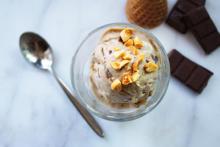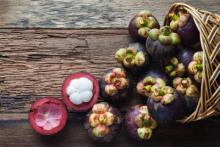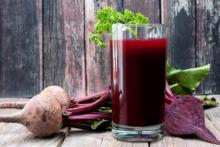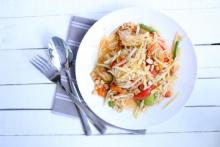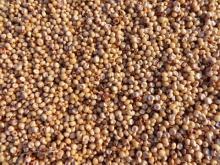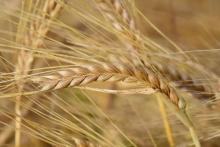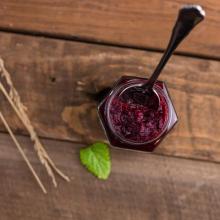Cooking With Essential Oils 101: Dreamy Dairy Free Peanut Butter Chocolate Chip Ice Cream
If you’re looking for an easy way to have a delicious, healthy, homemade dessert, I’ve got the scoop for you. And although it’s not exactly ice cream, its flavor lets it stand on its own.

